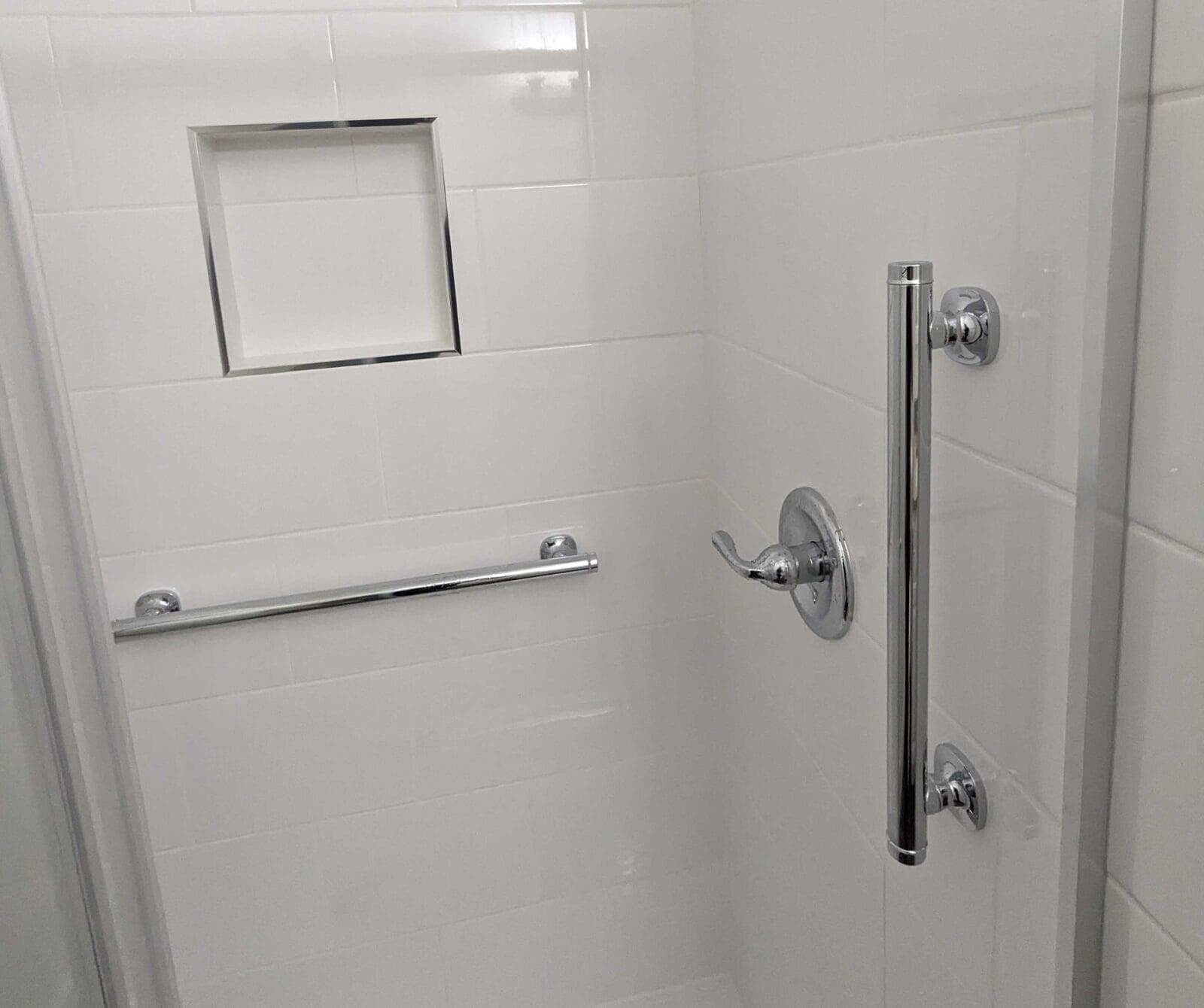
Creating a safer bathroom is important for everyone, especially for those with mobility issues. One simple yet important addition to improve safety is the grab bar. These strong supports help prevent slips and falls in the bathroom, offering stability where it's needed most.
What are Grab Bars?
What are Grab Bars?
Grab bars are sturdy and secure handles that can be installed in any part of the bathroom to assist with balance and stability. While they are commonly found in showers or bathtubs, grab bars can also be installed near the toilet or sink for added support. They come in a variety of sizes, shapes, and materials to fit your specific needs and preferences.
Importance of Grab Bars
Importance of Grab Bars
- Safety: Reduces the risk of falls and injuries.
- Mobility: Provides support for individuals with limited mobility.
- Accessibility: Essential for making spaces accessible to everyone.
Grab Bar Orientation
Grab Bar Orientation
Grab bars can be installed horizontally, vertically, or diagonally depending on the user's needs. Here are some key points to consider when deciding on the orientation of your grab bar:
1. Horizontal Grab Bars
1. Horizontal Grab Bars
Horizontal grab bars are designed to provide a wide, stable surface for individuals to grasp while moving in and out of the shower, bathtub, or near other bathroom fixtures.
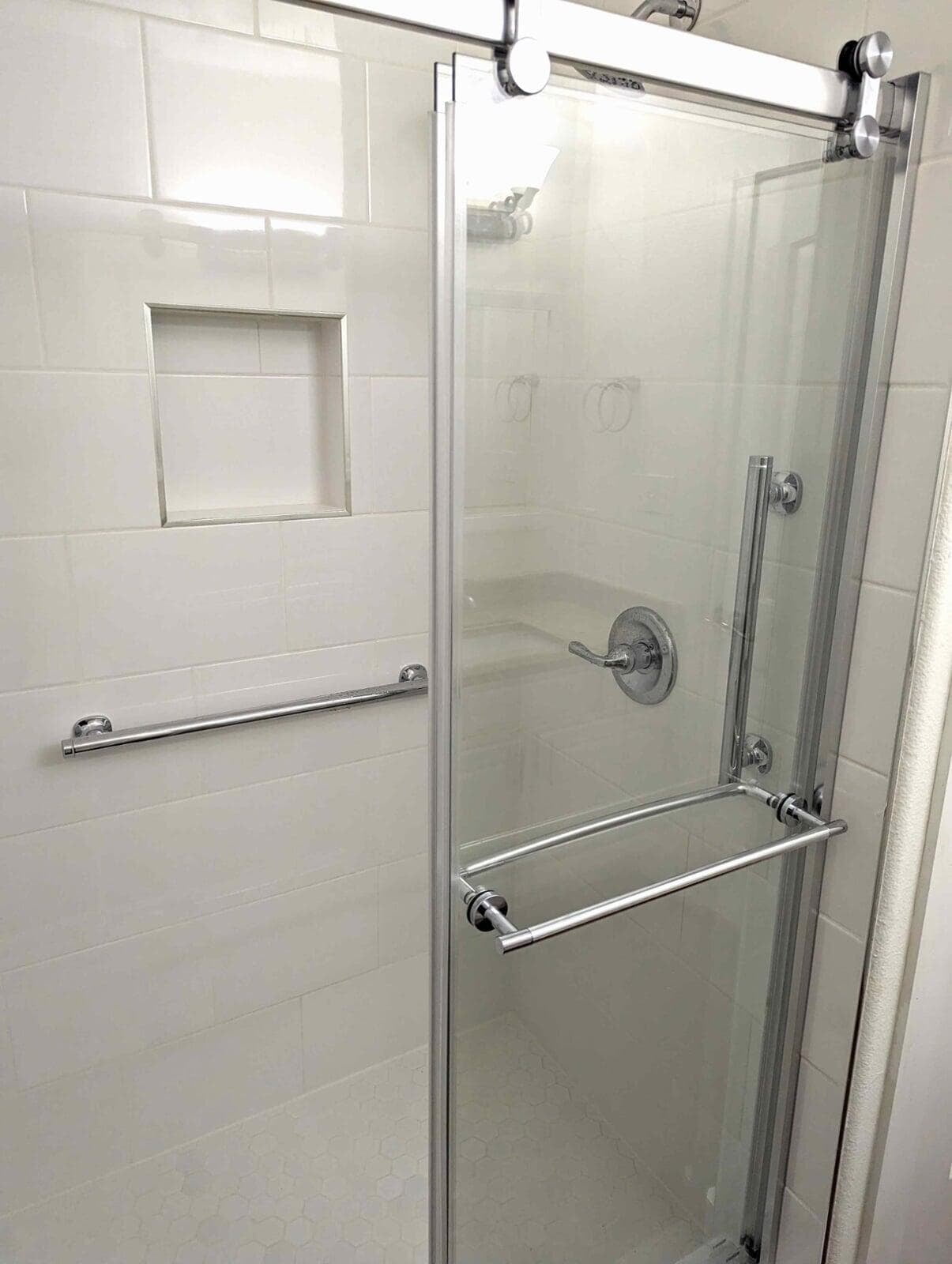
Horizontal Grab Bar Placement
- Shower: It is recommended to install a grab bar horizontally at waist height on the side wall and another on the wall with the shower controls. The grab bar by the controls offers extra support, while the side wall grab bar provides stability when standing or moving in the shower.
- Bathtub: It is recommended to install a horizontal grab bar on the wall with the faucet and two grab bars at different heights on the side wall. The faucet wall grab bar assists in lifting from seated to standing. The side wall grab bars provide stability when moving in and out of the tub. The lower grab bar is helpful when seated, while the upper grab bar supports standing and drying off.
- Toilet: It is recommended to install a grab bar horizontally at waist height on the side wall. If there are two side walls, place grab bars on both for balanced support. The grab bar helps push from a seated to a standing position, ensuring secure and stable movement.
Height of Horizontal Grab Bar in Shower
- For installing a horizontal grab bar in a shower, aim for a height between 33 and 36 inches from the floor. This follows ADA guidelines but can be adjusted to suit individual needs and local codes.
How Long Should a Horizontal Grab Bar Be?
- A horizontal grab bar in a shower should typically be at least 24 inches long. For better support and versatility, a length of 36 inches is often recommended. This length provides ample space for gripping and helps ensure safety and stability.
2. Vertical Grab Bars
2. Vertical Grab Bars
Vertical grab bars provide excellent support for individuals with mobility issues. These are best suited for individuals who need to pull themselves up or maintain balance while standing.
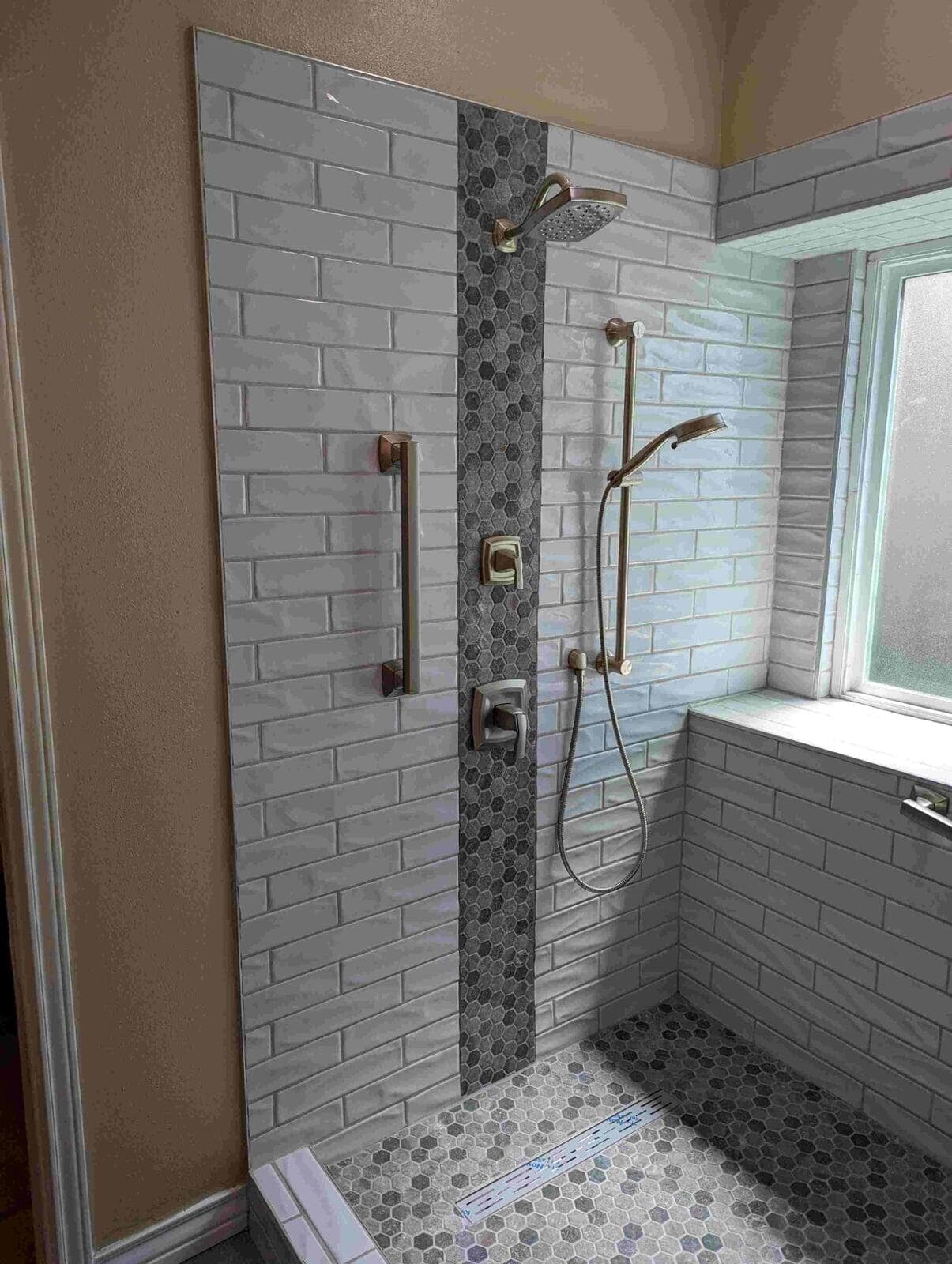
Vertical Grab Bar Placement
- Shower: It is recommended to install a grab bar vertically at the entrance of the shower, above the threshold or curb. This bar helps with getting in and out of the shower, providing crucial support when stepping from one level to another, especially when wet and stepping over the curb.
- Bathtub: It is recommended to place a grab bar vertically at the entrance of the bathtub, above the tub wall. This bar assists with getting in and out of the bathtub, offering support when stepping from one level to another, typically when wet and stepping over the tub wall.
- Toilet: It is recommended to install a grab bar vertically next to the toilet. This bar helps individuals steady themselves when moving from sitting to standing, providing necessary support for safe movement.
Height of a Vertical Grab Bar
- Generally, a vertical grab bar should be installed between 54 to 60 inches from the floor to the top of the bar. This height range is typically comfortable for most users, allowing for easy reach when entering or exiting a bathtub or shower, while still providing optimal support and stability.
What Should the Length of a Vertical Grab Bar Be?
- The length of a vertical grab bar can vary based on the shower or bathtub size and individual needs. However, it should be long enough to provide ample support for users when standing and moving. A recommended length is typically between 18 to 24 inches.
3. Diagonal Grab Bars
3. Diagonal Grab Bars
Diagonal grab bars combines the advantages of both horizontal and vertical placements, making it ideal for assisting individuals in standing up from a seated position. Many users prefer this setup because it’s easier on the wrists, which is particularly beneficial for individuals with arthritis, as it minimizes wrist strain.
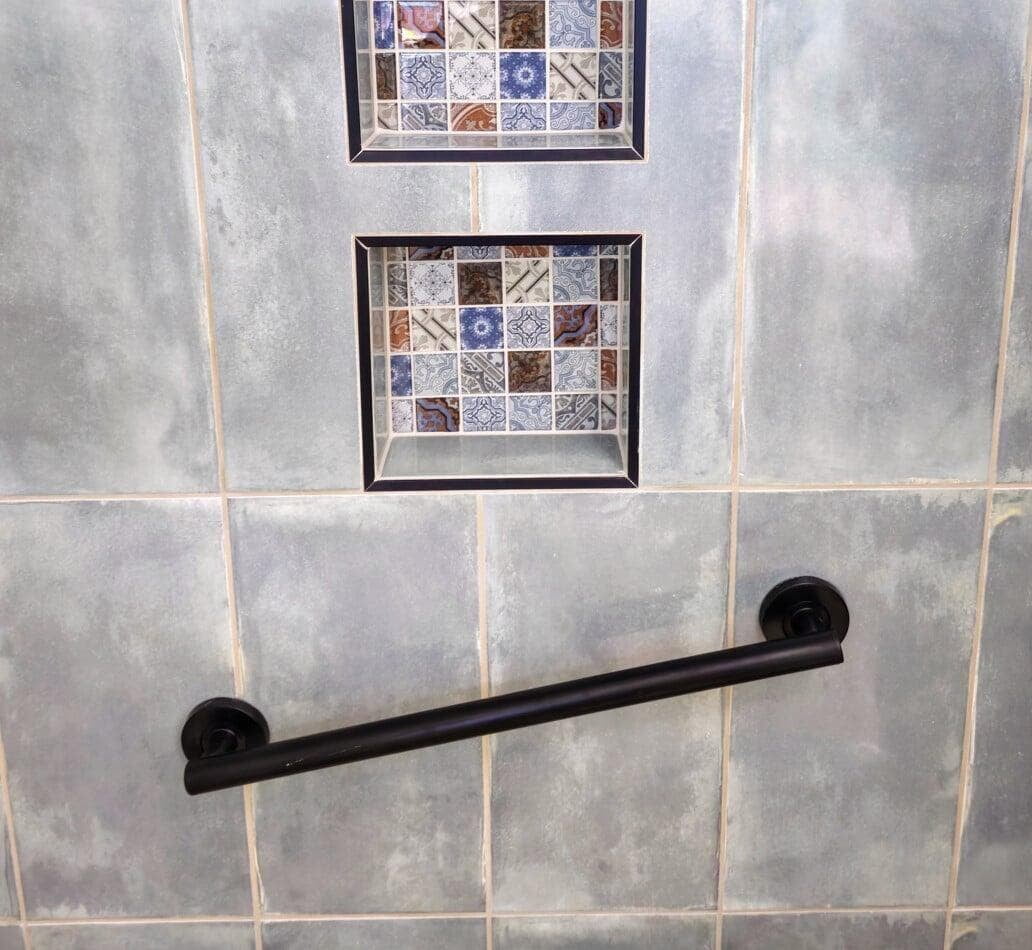
Diagonal Grab Bar Placement
- Shower: A diagonal grab bar is recommended in the shower only if there is a shower seat. If a shower seat is present, place one grab bar diagonally on the side wall, angling upwards towards the control or showerhead wall.
- Bathtub: For a bathtub, place one grab bar diagonally on the side wall, angling upwards towards the control or showerhead wall.
- Toilet: For a toilet, place one grab bar diagonally on the side wall next to the toilet.
Grab Bars Texture
Grab Bars Texture
When choosing grab bars, texture is an important factor for safety and ease of use. The right texture can really affect grip and support, especially in wet areas like bathrooms. There are three main textures for grab bars: smooth, textured, and decorative designs.
Smooth Grab Bars
Smooth Grab Bars
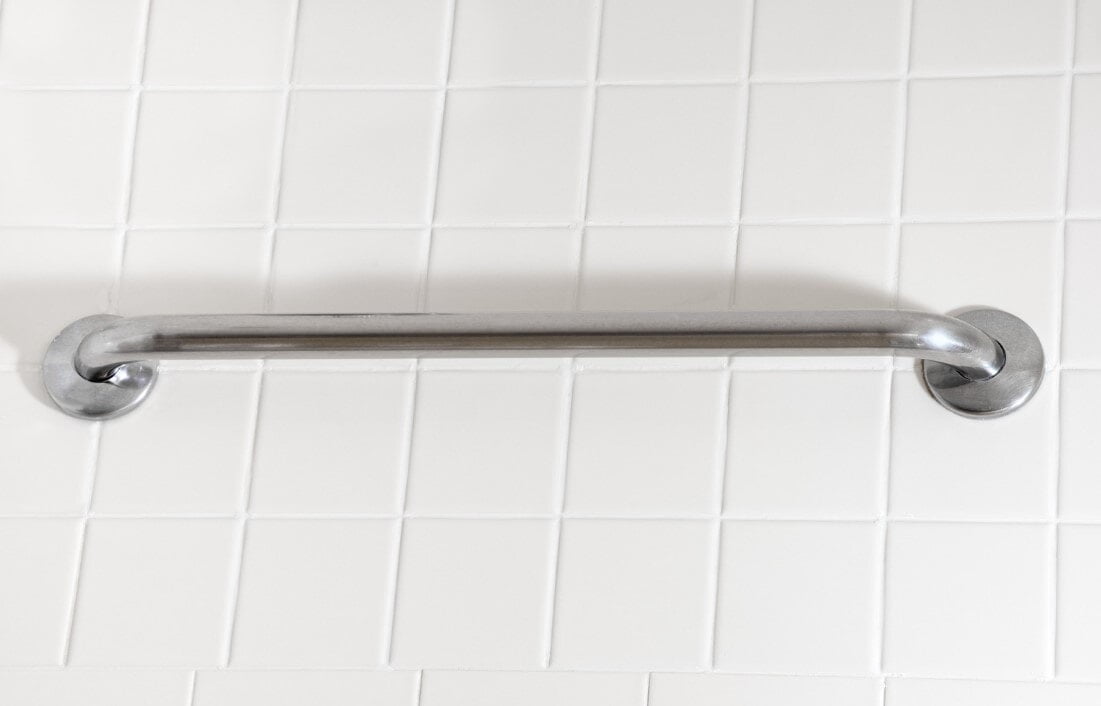
Smooth grab bars offer a modern and tidy look that can improve the appearance of any bathroom or space. Their simple design fits well with contemporary decor and is easy to clean—just a quick wipe with a cloth will do. However, it’s important to remember that while they look great, these bars might be less secure for users with wet hands, which could be a safety concern for some. When choosing grab bars for your home, it’s vital to balance both safety and style.
Knurled (Textured) Grab Bars
Knurled (Textured) Grab Bars
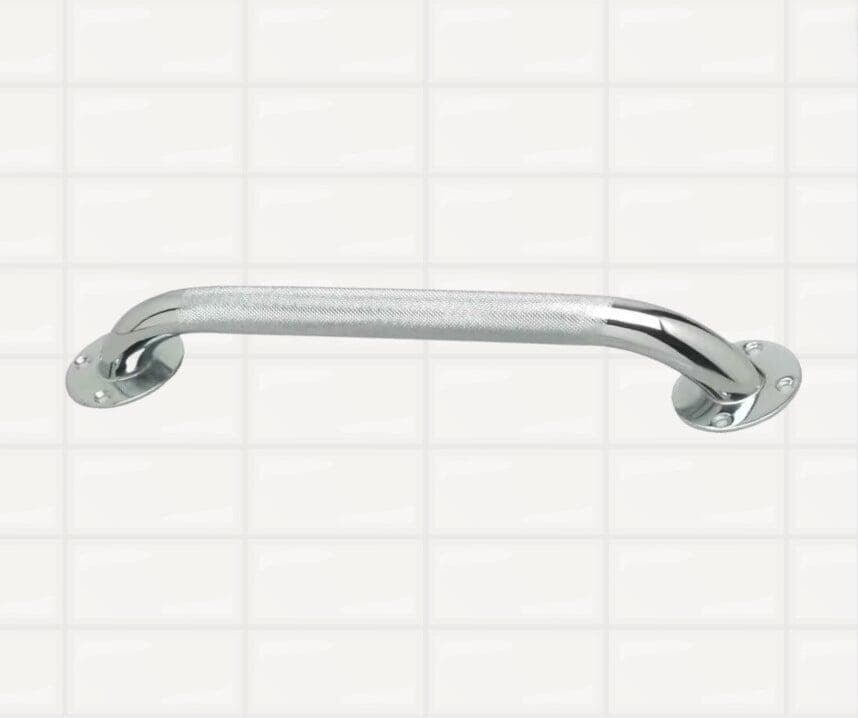
Knurled grab bars feature a specially designed textured surface that enhances grip and stability, significantly reducing the risk of slipping, especially in wet bathroom environments. This thoughtful design is particularly beneficial for individuals who require extra support in bathrooms, ensuring greater safety and confidence in their movements.
Decorative Designs
Decorative Designs
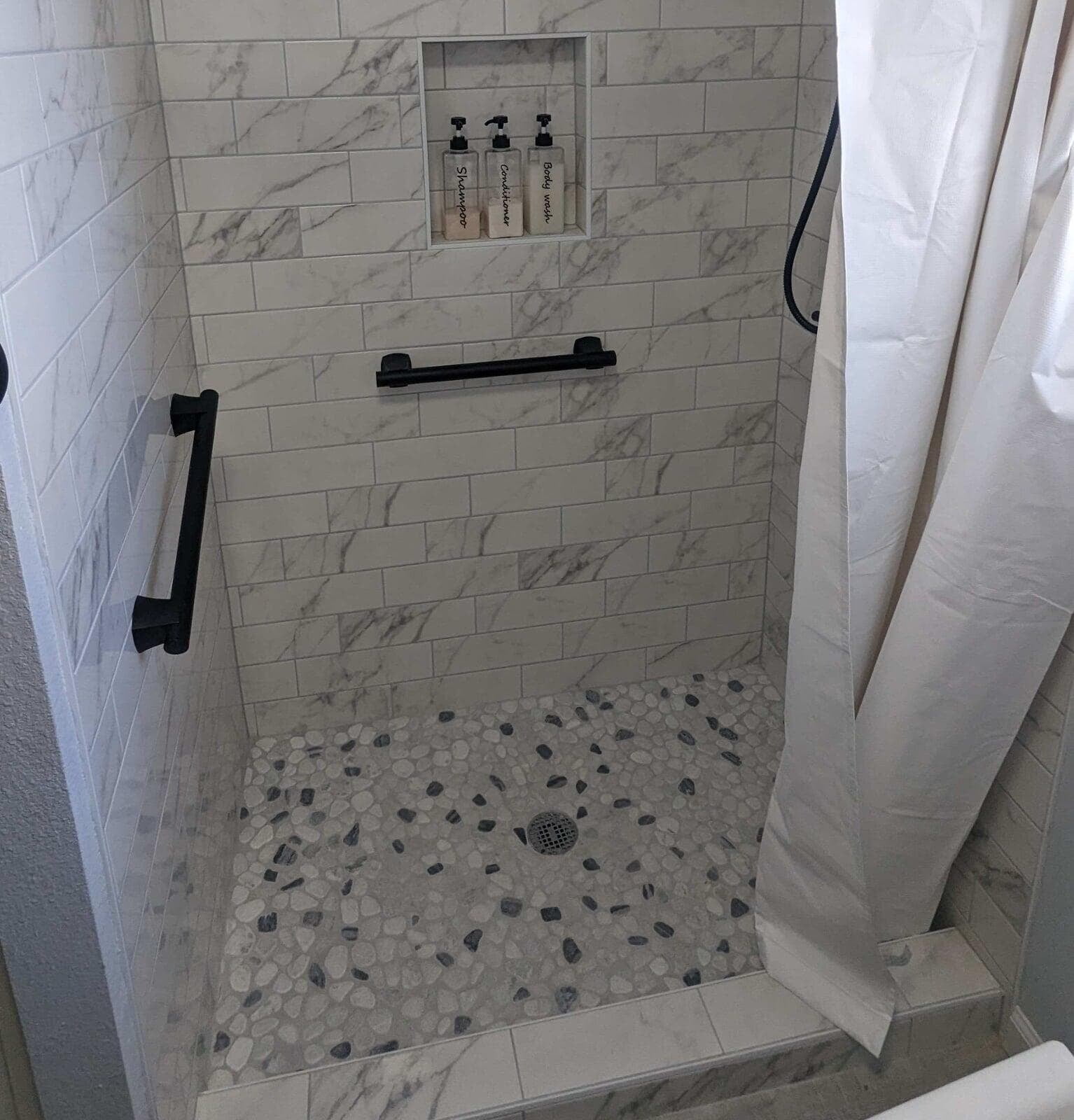
These grab bars are available in a range of materials, including stainless steel, brass, and even wood. With decorative grab bars, you can add a touch of personal style to your bathroom while ensuring safety and stability.
ADA Compliant Options
ADA Compliant Options
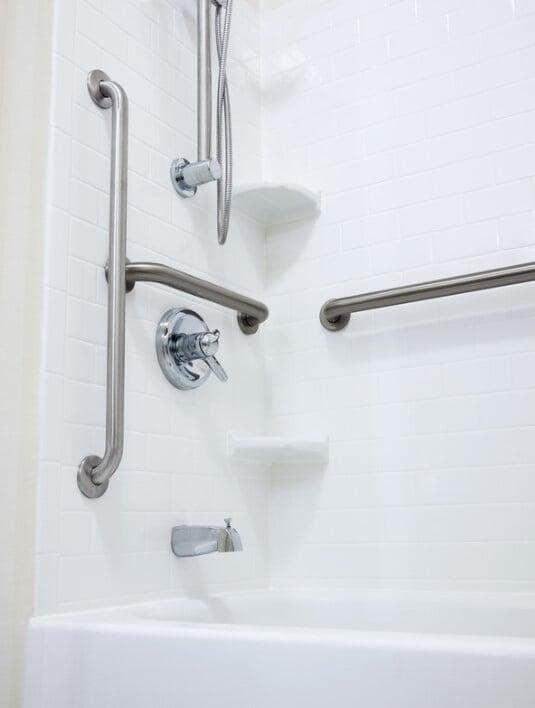
What does ADA compliant mean?
ADA compliant means following the rules set by the Americans with Disabilities Act (ADA), a law that stops discrimination against people with disabilities.
Ada compliant grab bar height
According to the ADA, grab bars should be installed at a height between 33-36 inches from the finished floor.
ADA-Compliant Length and Diameter
ADA-compliant grab bars ensure accessibility for all users. They typically range from 33 to 36 inches in length and 1.25 to 1.5 inches in diameter.
ADA-Compliant Mounting Height
The standard mounting height for ADA-compliant grab bars is 33 to 36 inches above the floor, ensuring they are within reach for everyone.
Types of Brackets
Types of Brackets
When it comes to installing grab bars, the choice of brackets is important for ensuring safety and stability. There are two primary types of brackets used for grab bars: concealed mounting brackets and exposed mounting brackets.
Concealed Mounting Brackets
Concealed Mounting Brackets
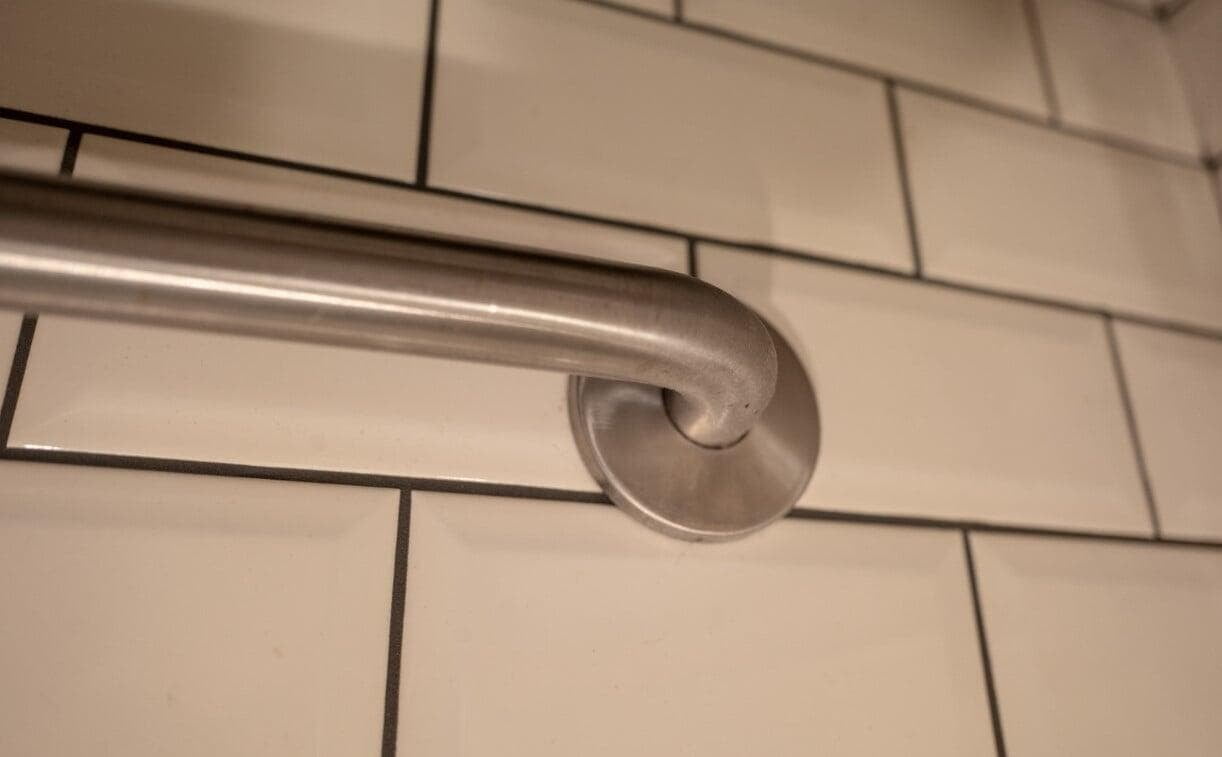
Concealed mounting brackets provide a clean and stylish look, as the hardware is cleverly hidden behind the bar. This design not only improves the overall appearance but also keeps things tidy, enhancing the style of any space.
For homeowners and designers, this option is great for those who care about aesthetics, allowing the focus to stay on the beauty of the bar rather than any visible hardware that might take away from its elegance. Plus, concealed brackets help achieve a more polished and professional finish, making them a popular choice in modern interior design.
Exposed Mounting Brackets
Exposed Mounting Brackets

Exposed mounting brackets make the hardware visible, highlighting the functional parts of the installation. This design not only gives an industrial feel, which many find appealing for its raw and rugged look, but it also makes installation and maintenance easier. Their simple design often streamlines the mounting process, making them a favorite choice for both DIY enthusiasts and professionals who appreciate a blend of style and practicality.
FAQs
FAQs
How to Position Grab Bars?
To position grab bars effectively, consider the specific needs of the users and the areas where support is required. Grab bars should be installed at a height that is easily reachable, typically between 33 to 36 inches from the floor, depending on the user's height and preference.
Can grab bars be installed on any wall?
Grab bars should be installed on walls that can support their use, typically those with adequate reinforcement or studs.
Are decorative grab bars as strong as standard ones?
Yes, decorative grab bars can be as strong as standard ones, provided they meet the necessary safety standards and are installed correctly.
What materials are grab bars made from?
Grab bars are commonly made from stainless steel, plastic, or other durable materials that can withstand significant weight.
Can I install grab bars myself?
While some grab bars are designed for easy DIY installation, professional installation is recommended for optimal safety and security.
Ensuring safety in the bathroom is crucial, and grab bars play a significant role in providing stability and preventing accidents. Whether you prefer horizontal, vertical, or diagonal bars, selecting the right orientation, texture, and bracket options can enhance both safety and aesthetics in your bathroom.
If you need assistance with selecting or installing grab bars in your bathroom, don't hesitate to contact us. Our team of professionals is ready to help you choose the best options for your needs and ensure they are securely installed for maximum safety and peace of mind. Your safety is our priority, and we're here to make your bathroom a safer and more accessible space.
Contact us today to learn more about our grab bar installation services and how we can help you create a safer bathroom environment.

